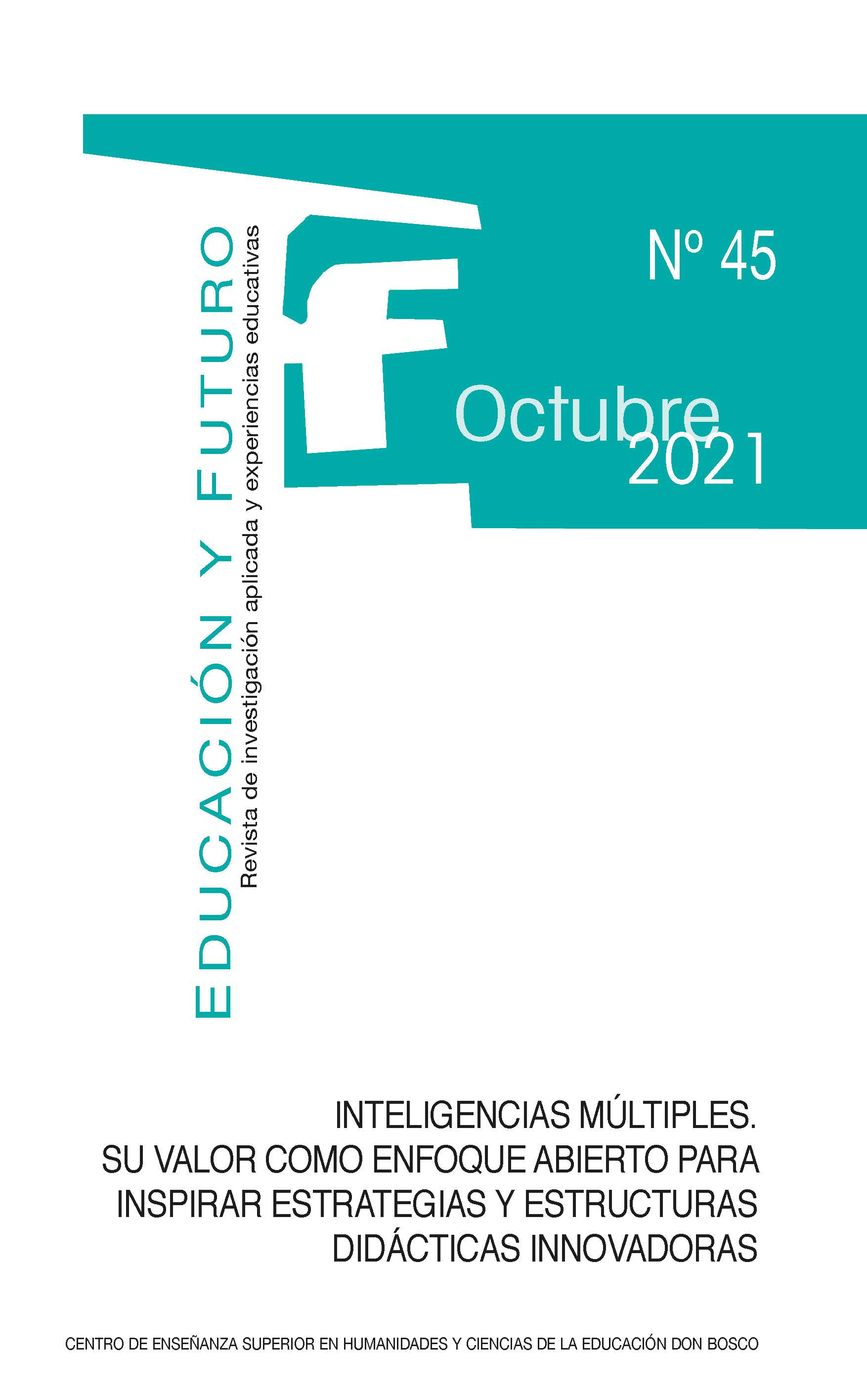The Multiple Intelligences Theory as a Basis for Innovative Teaching Approaches
Keywords:
MI Theory, MI Approach, teaching thinking, MI projects, teaching resourcesAbstract
The Theory of Multiple Intelligences prosed by Gardner (1983, 2001) provides us with information of great value on the different strategies we have for data capturing, mental representation and communication. Like any theoretical proposal, as Gardner himself upholds, it must be subject to scientific and critical review. It is neither a teaching method nor does it prescribe one. The MI theory is a body of knowledge that essentially claims for a multidimensional and flexible conception of the mind, yet with the potential to transform, evolve and grow. We propose an educational approach that is grounded on these assumptions, open to integrate the latest contributions of both neuroscience and didactics and an inspirational source of contextualised proposals. Such proposals should foster critical thinking, cooperation and education in values. Furthermore, they should articulate didactic structures an interdisciplinary way, thus harmoniously combining flexibility, integration and dialogue amongst the different didactic resources: agents, spaces, materials and methodology.
Downloads
Downloads
Published
How to Cite
Issue
Section
License
Educación y Futuro: Revista de Investigación Aplicada y Experiencias Educativas © 1999 by Centro Universitario Don Bosco is licensed under CC BY-NC-SA 4.0







